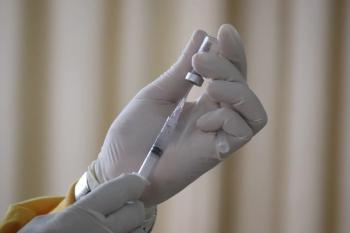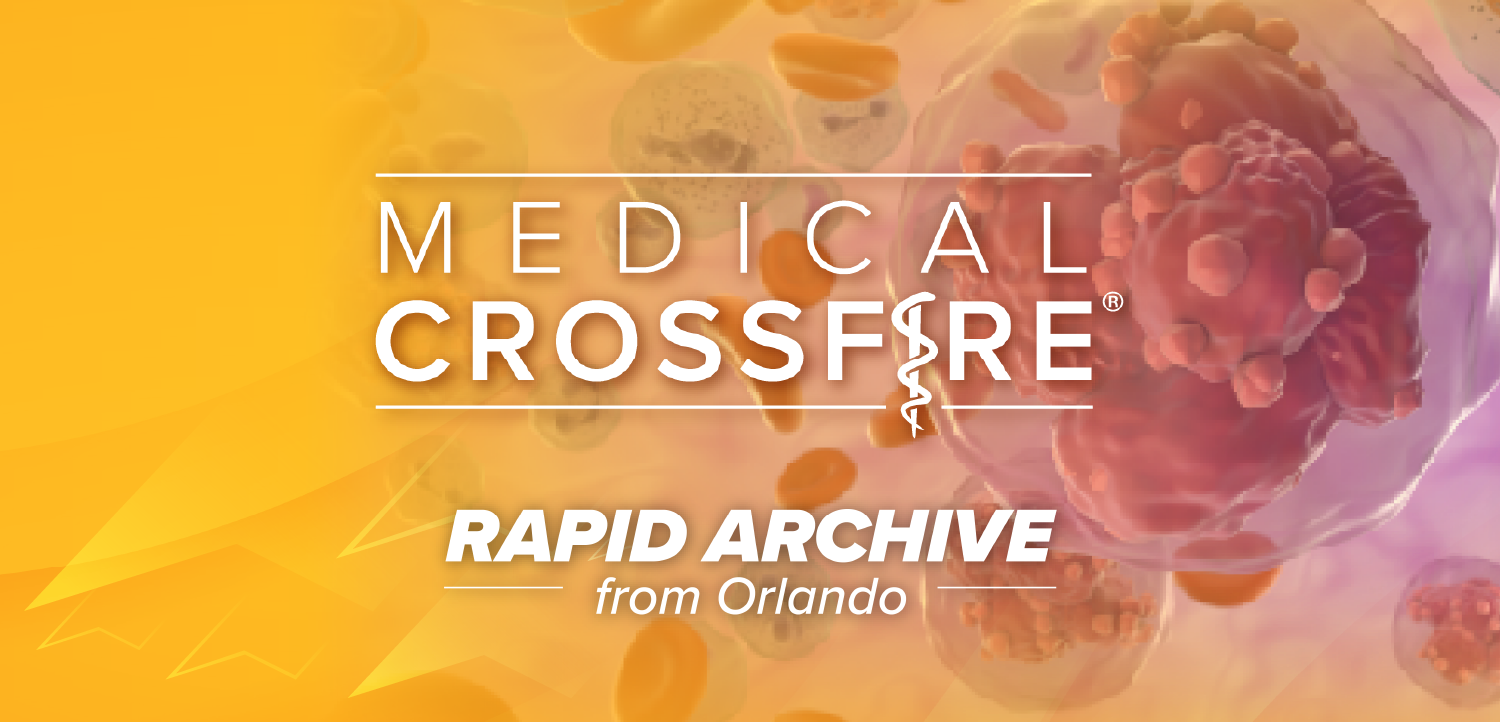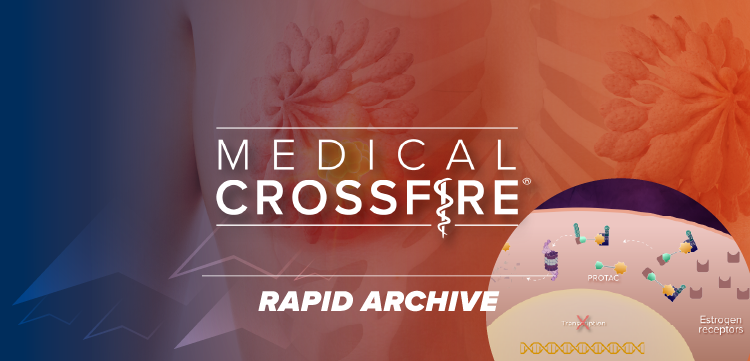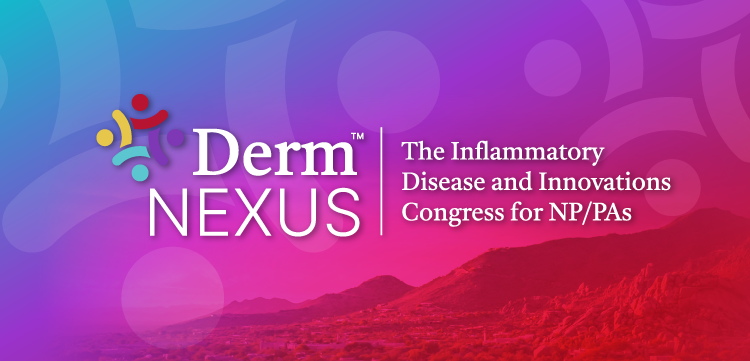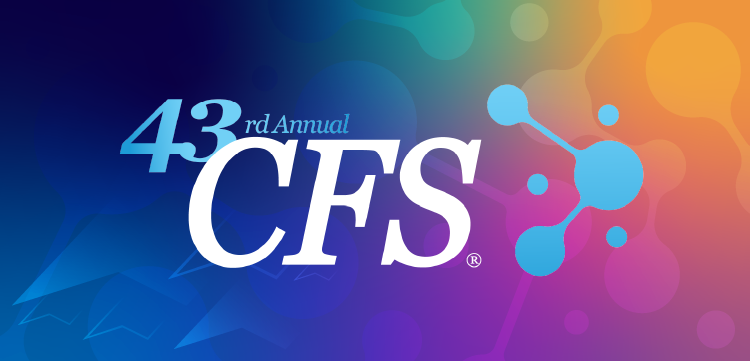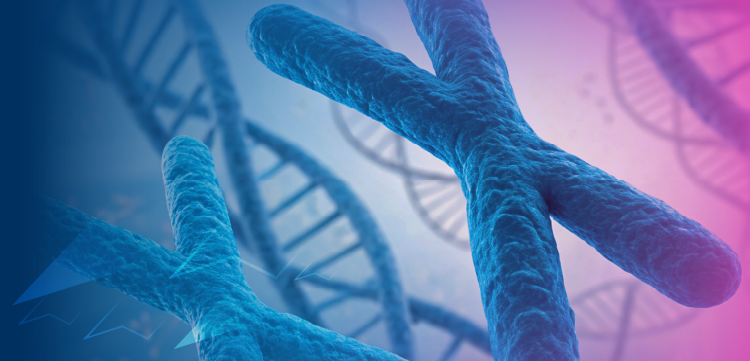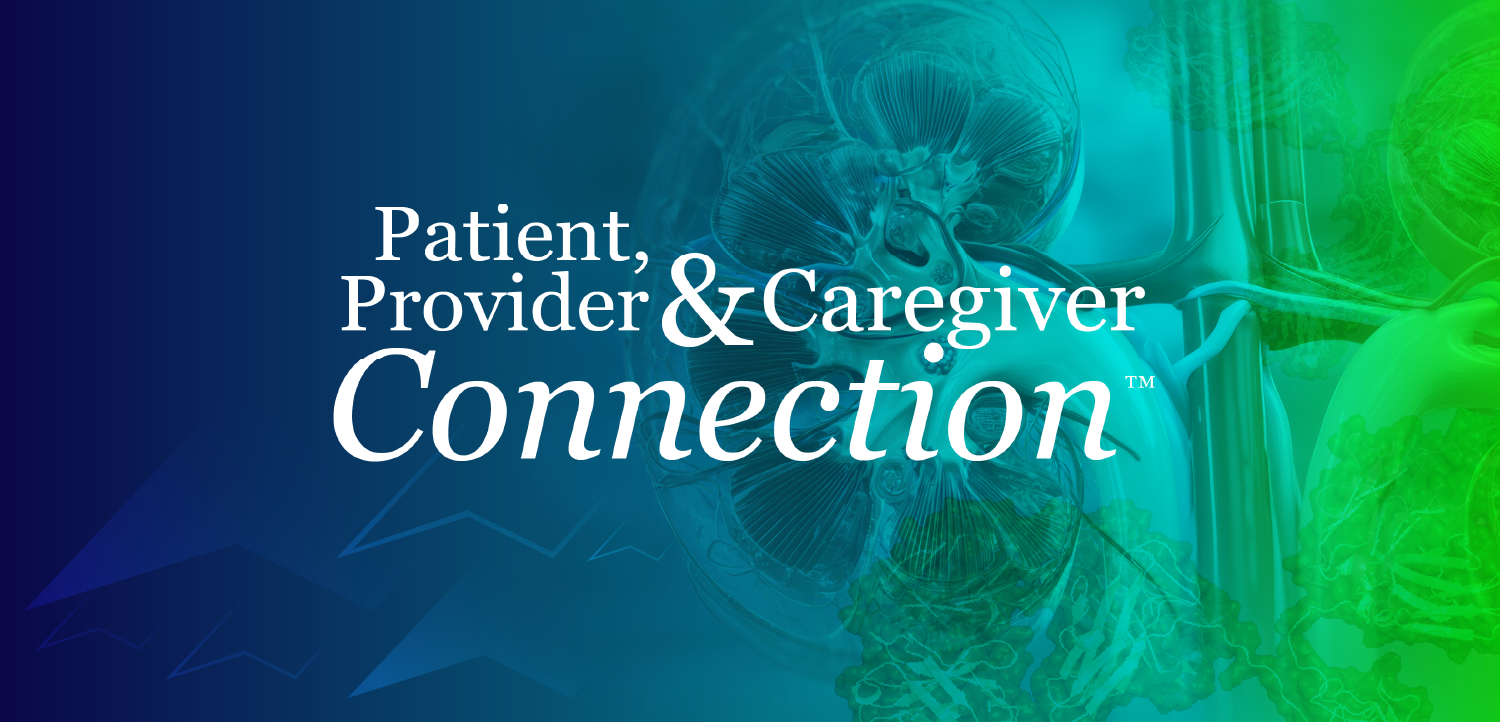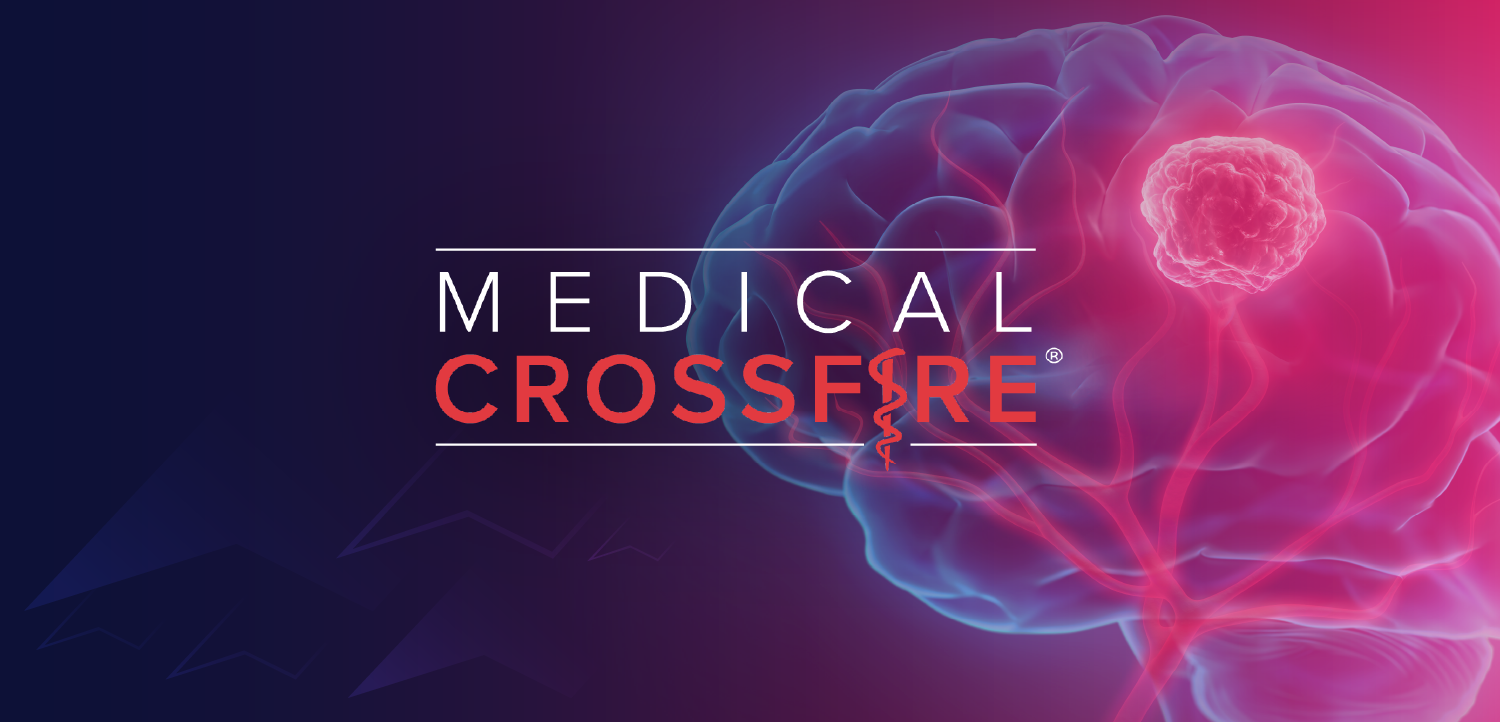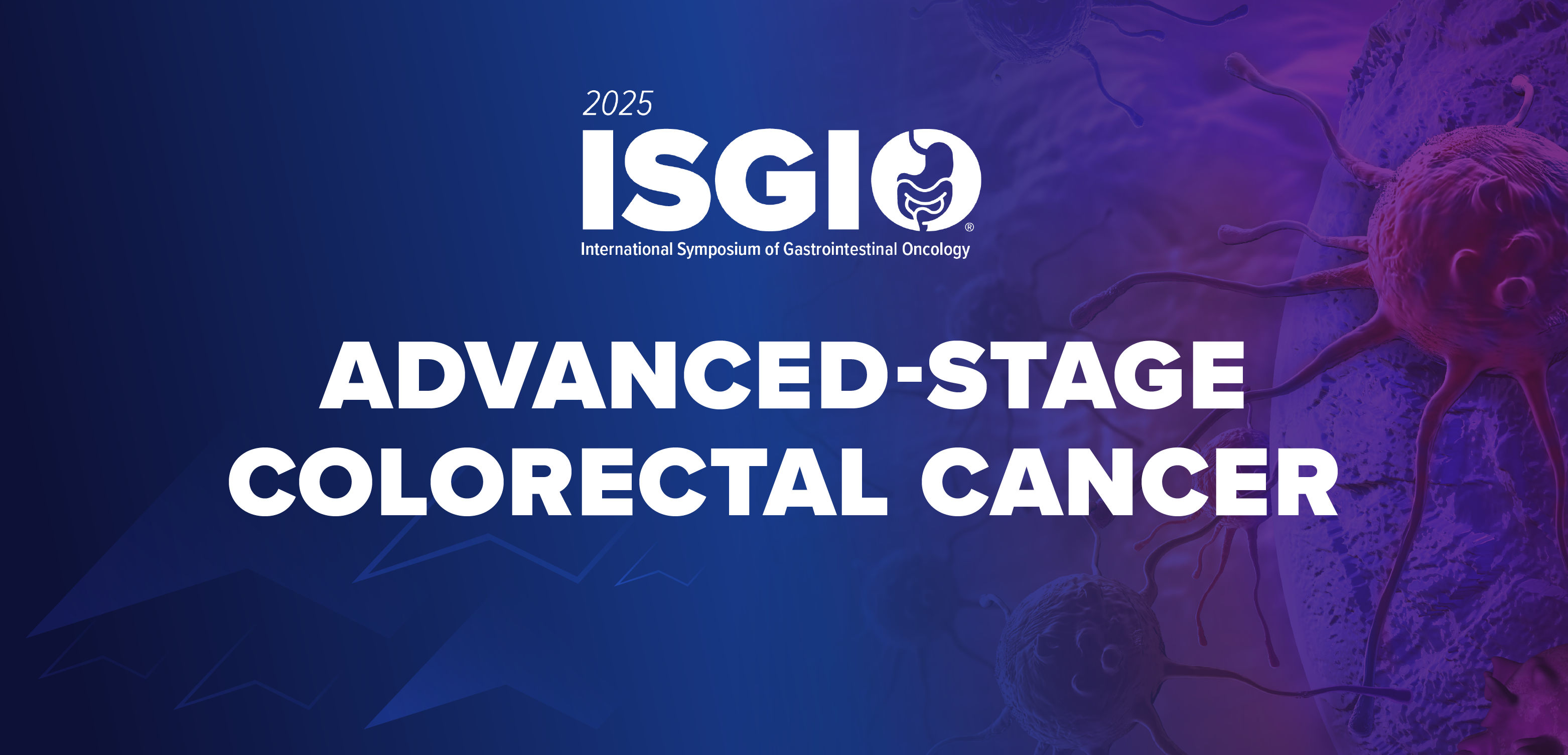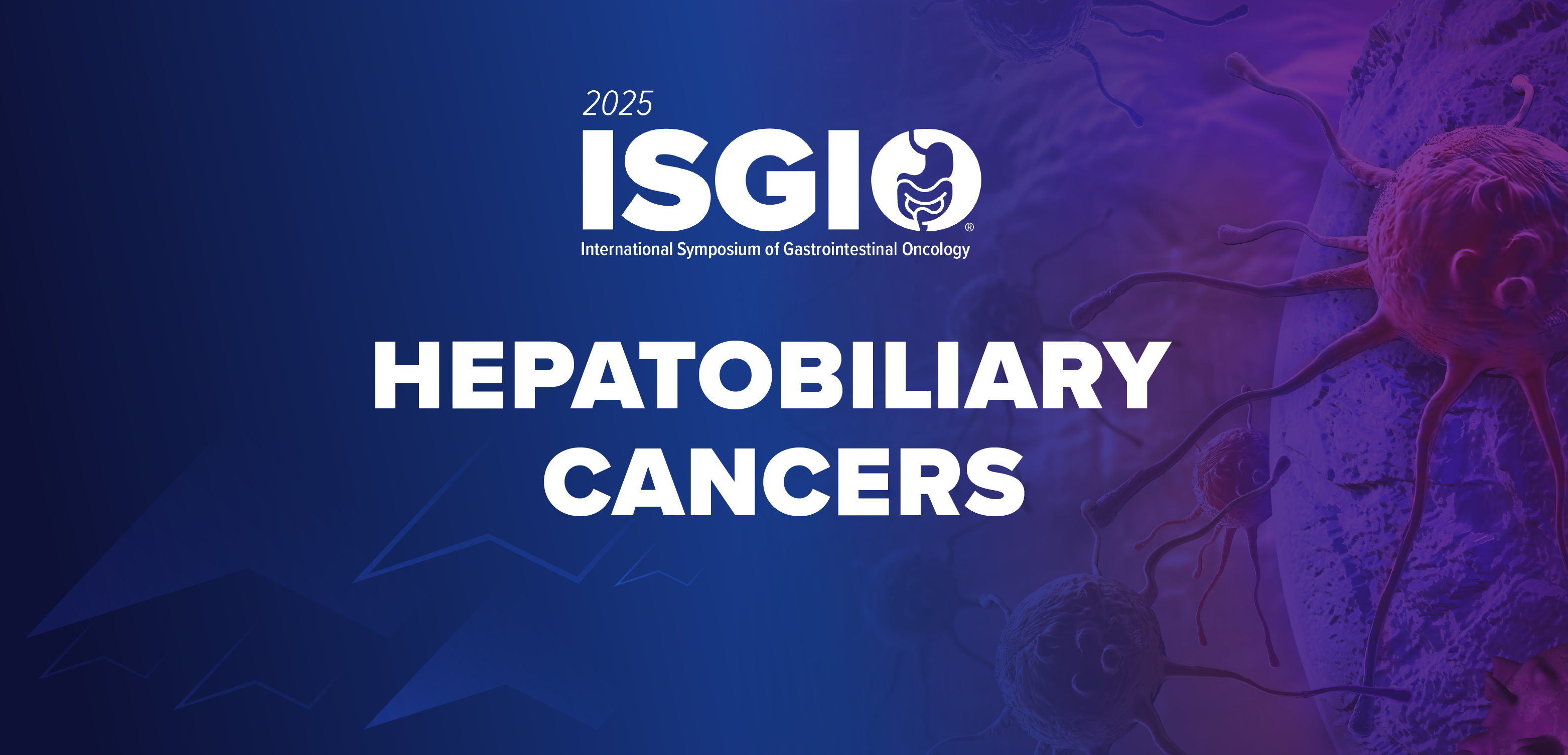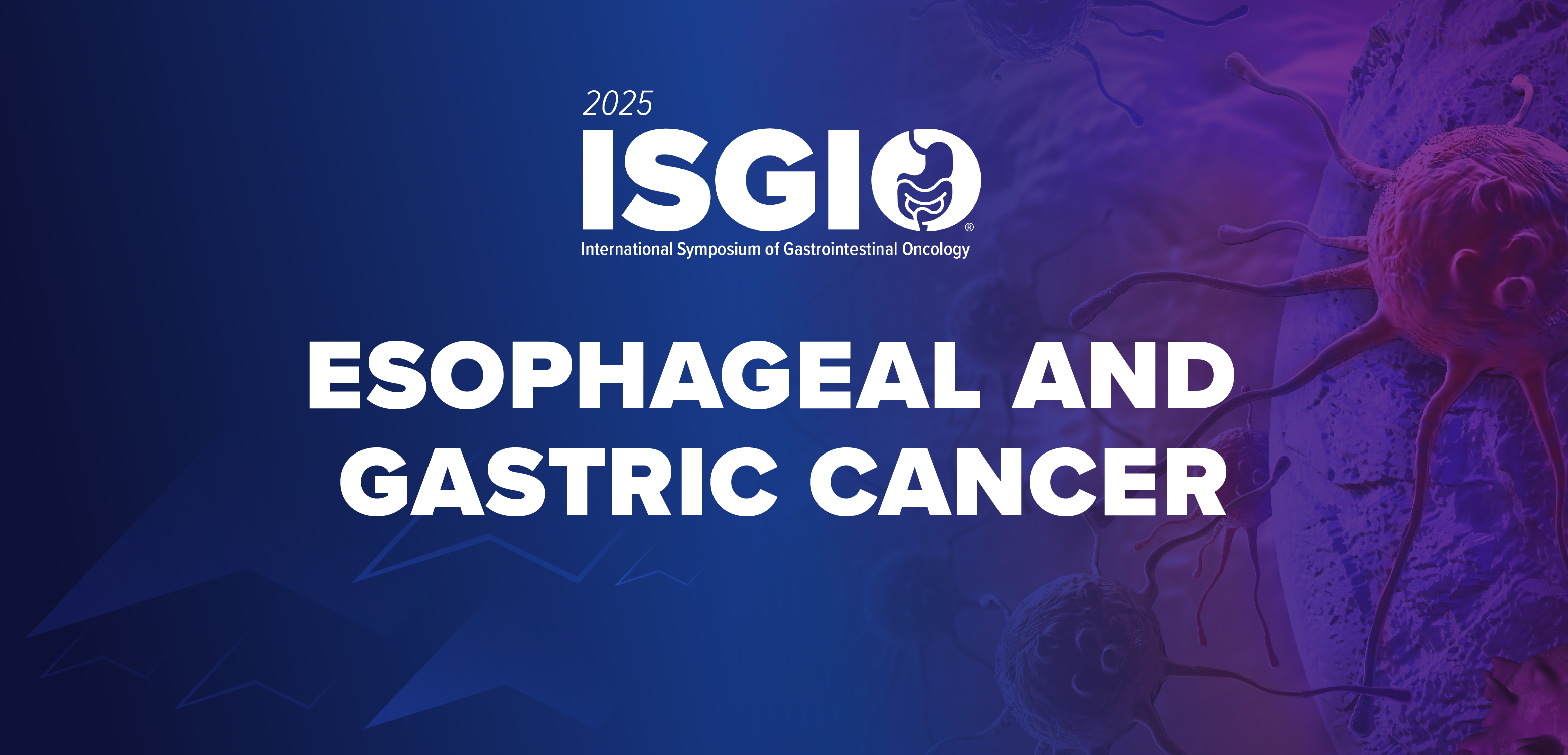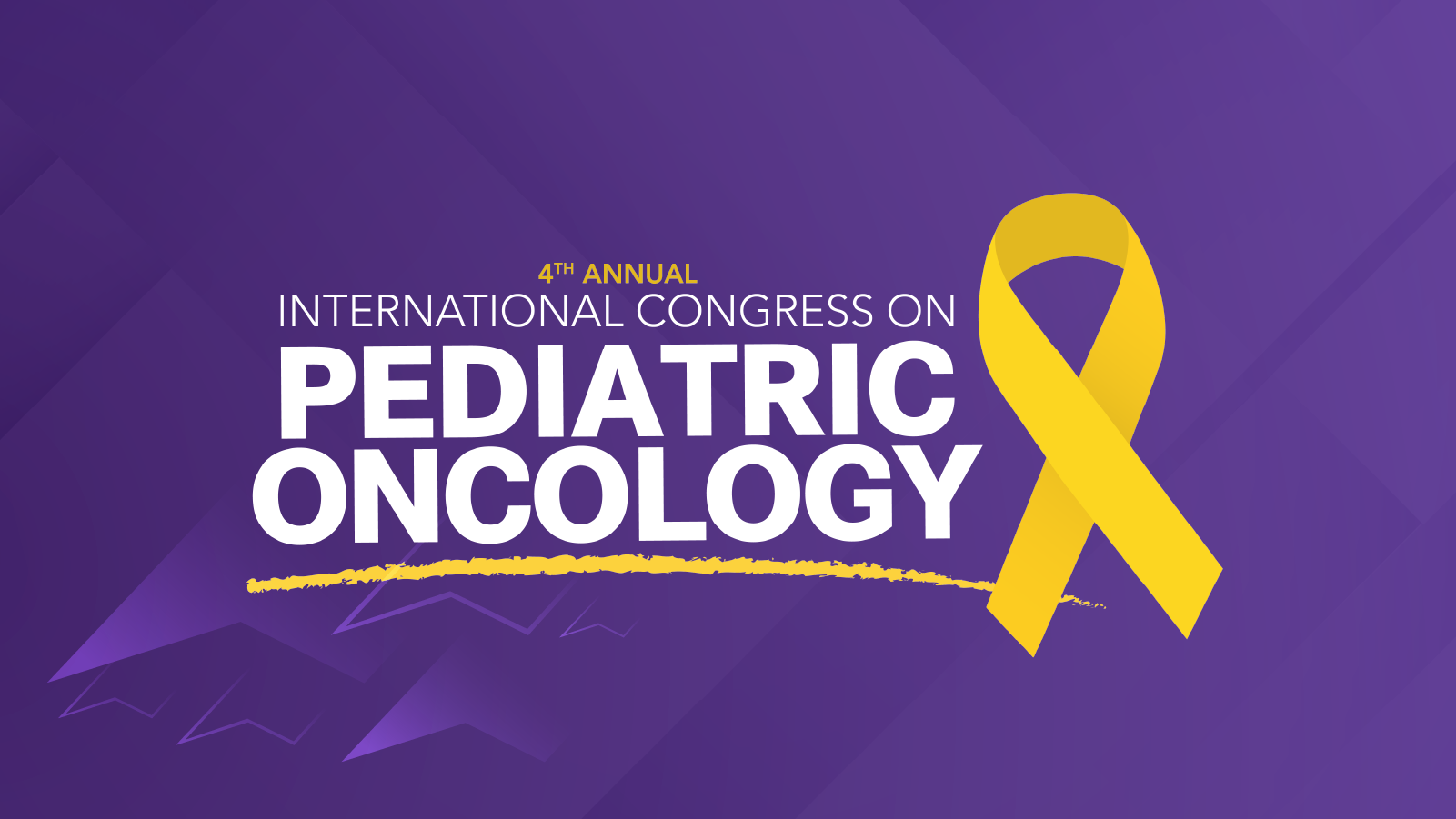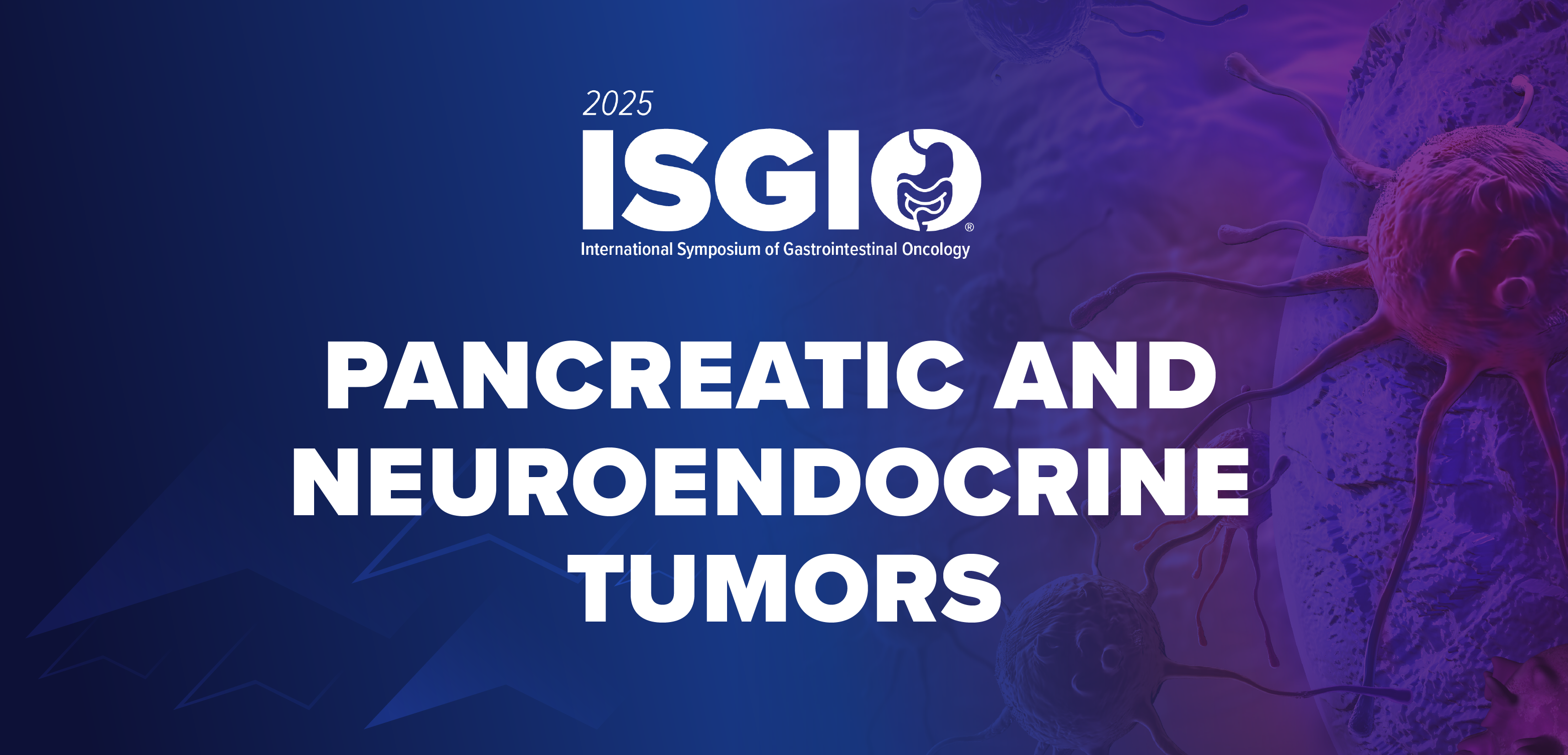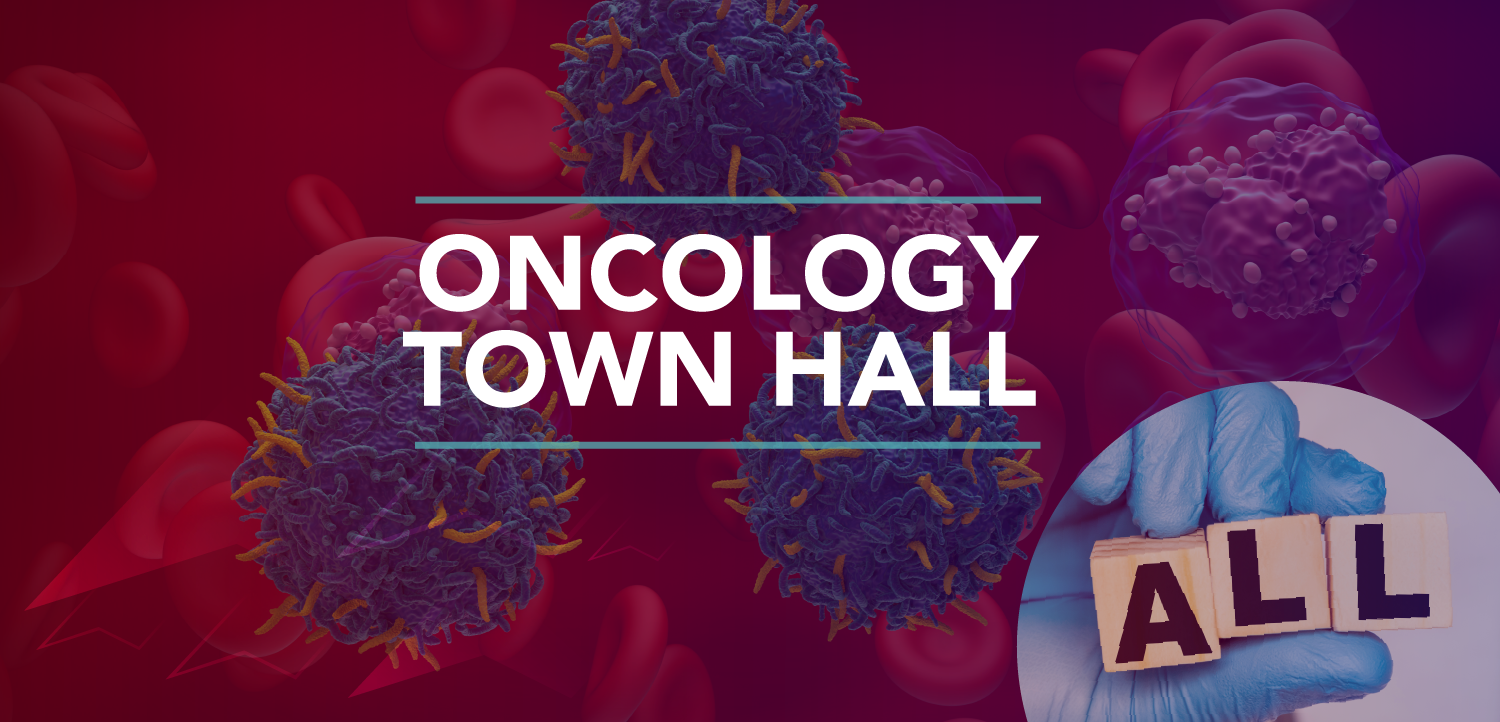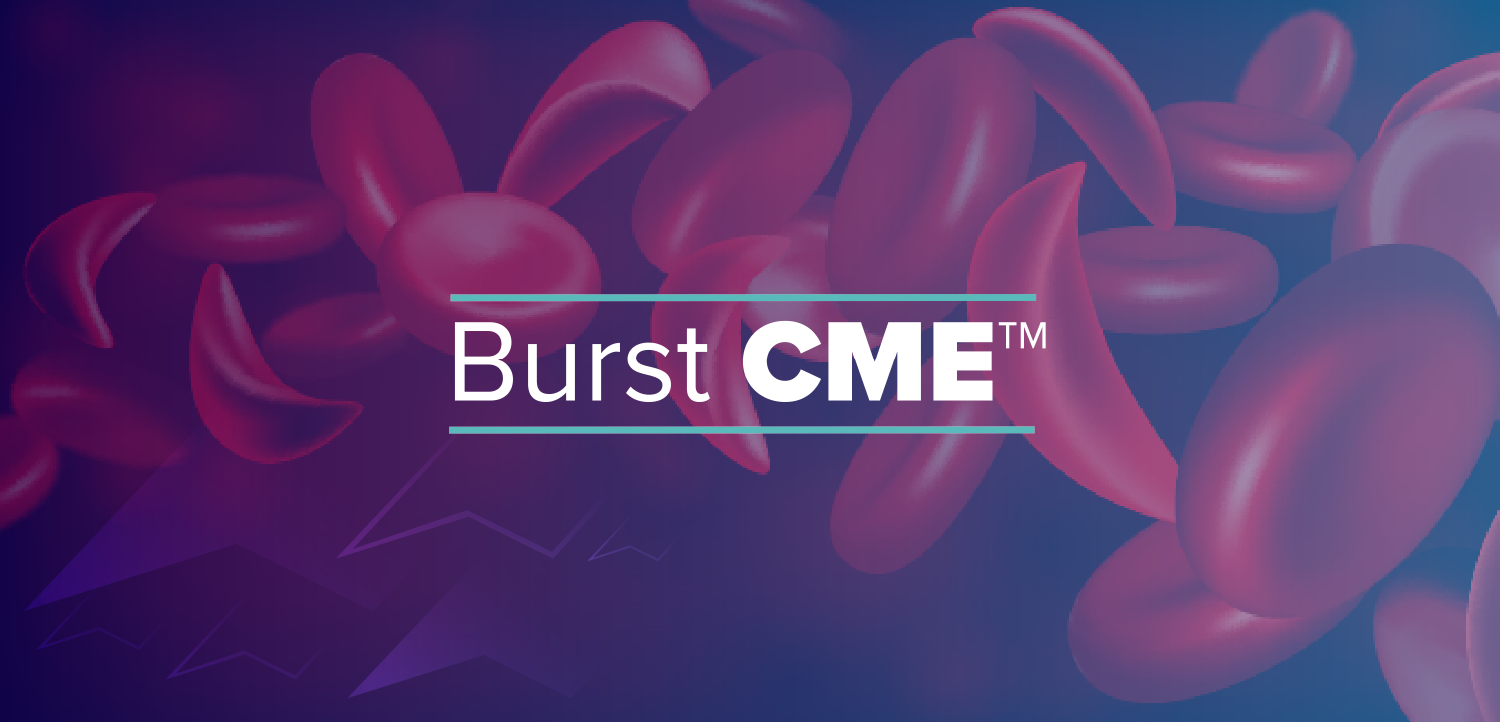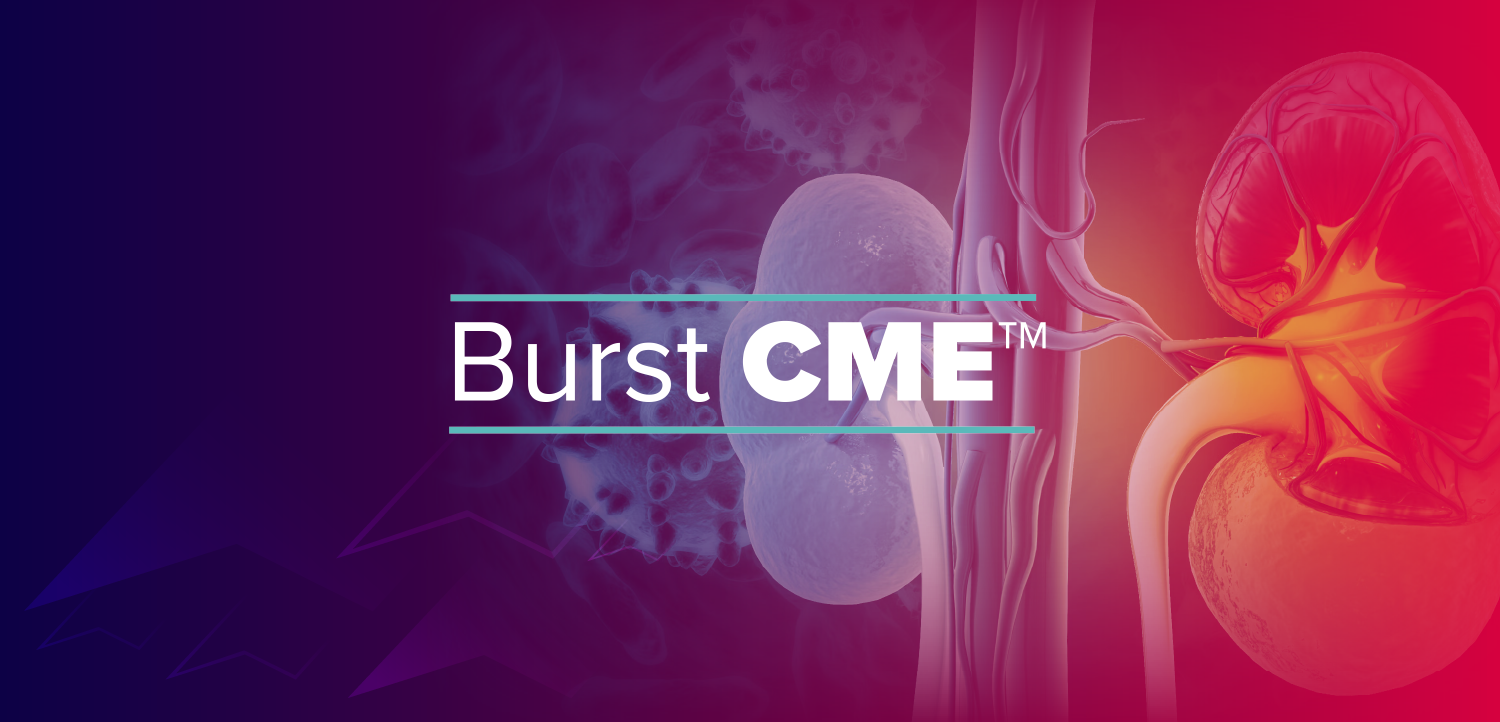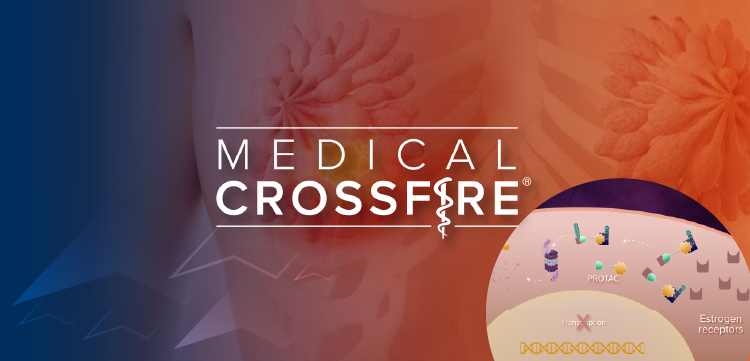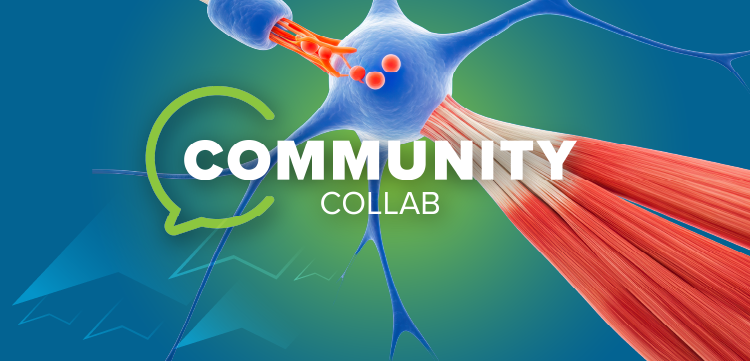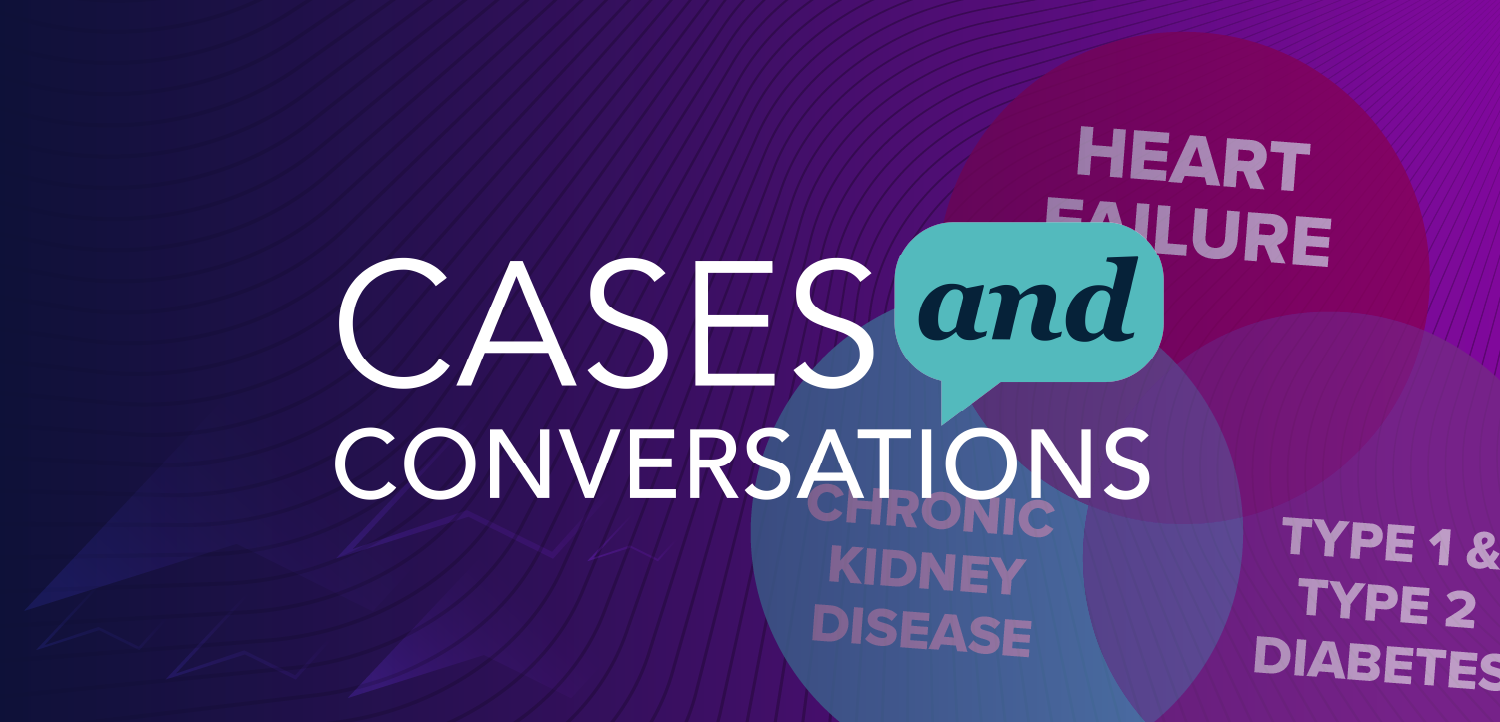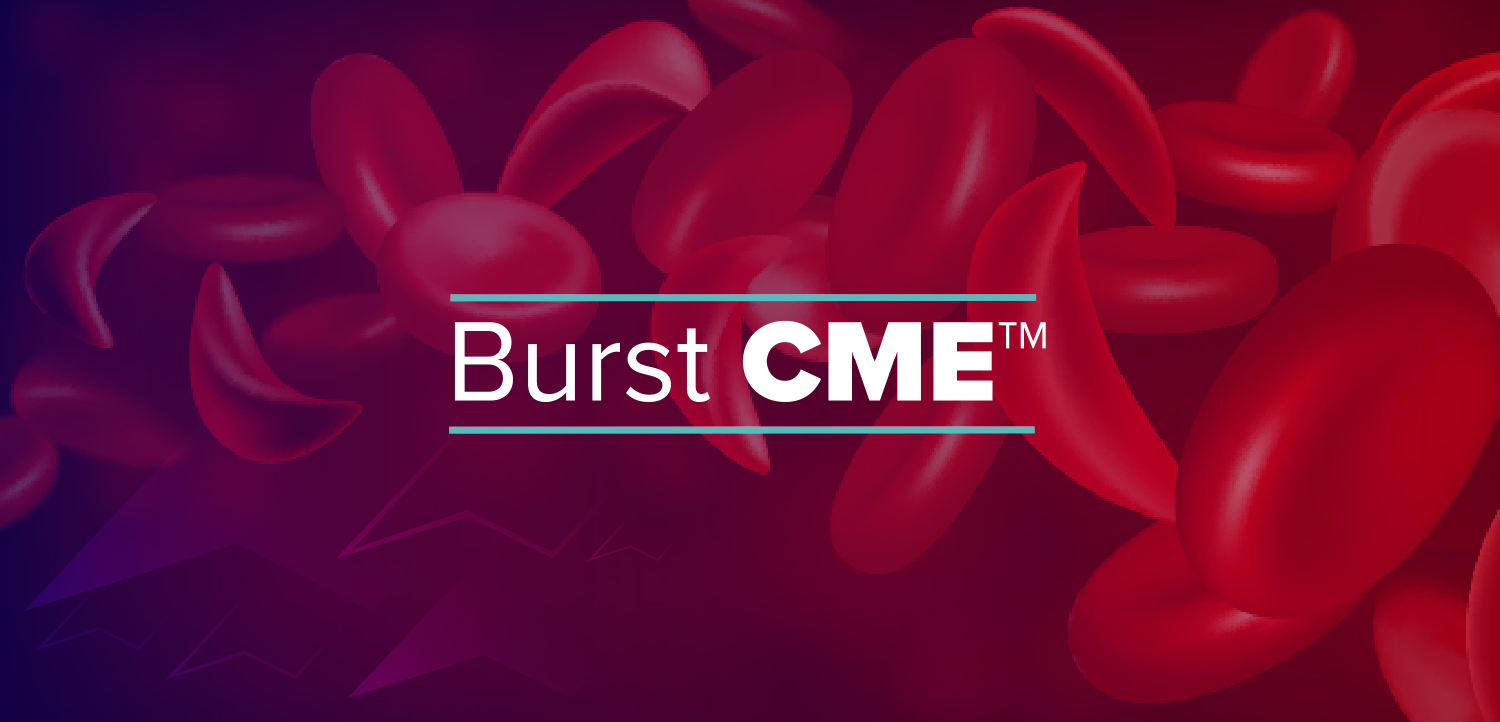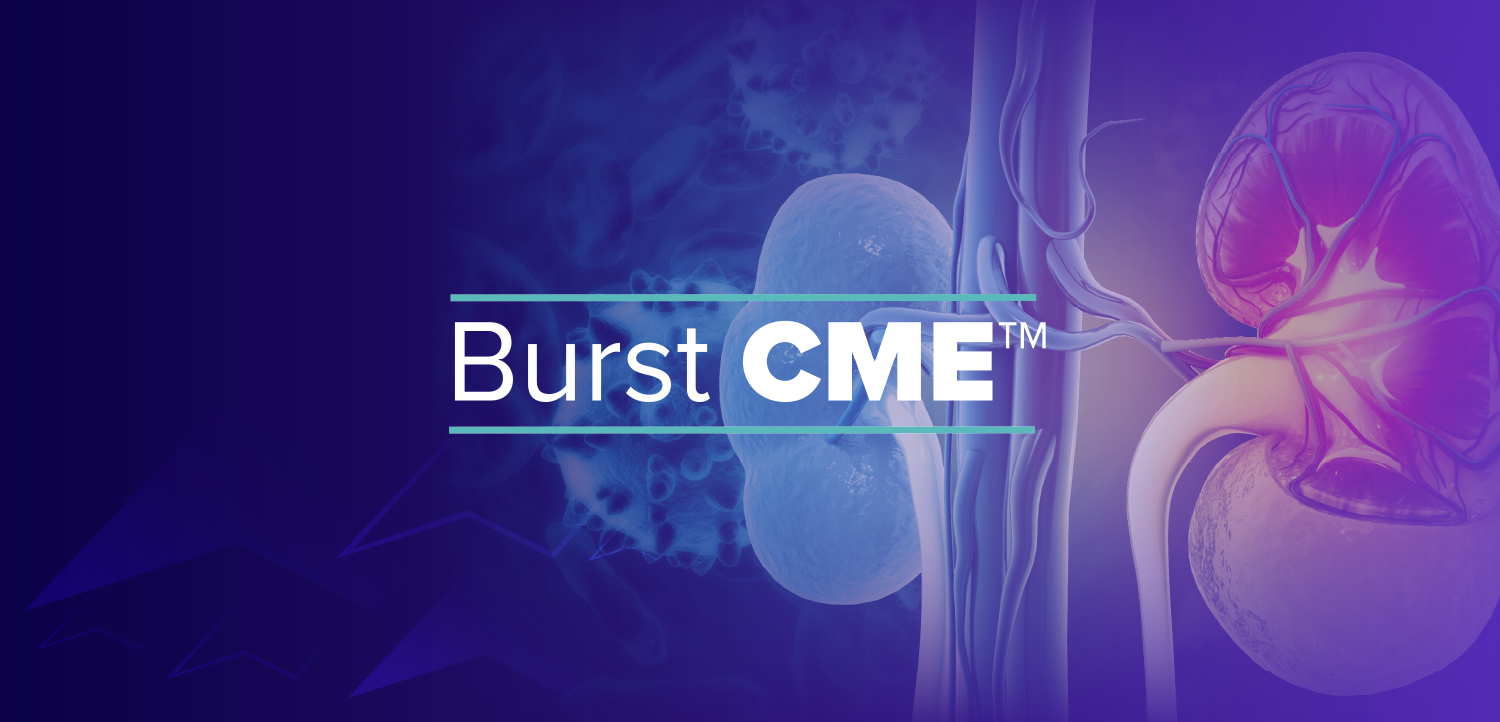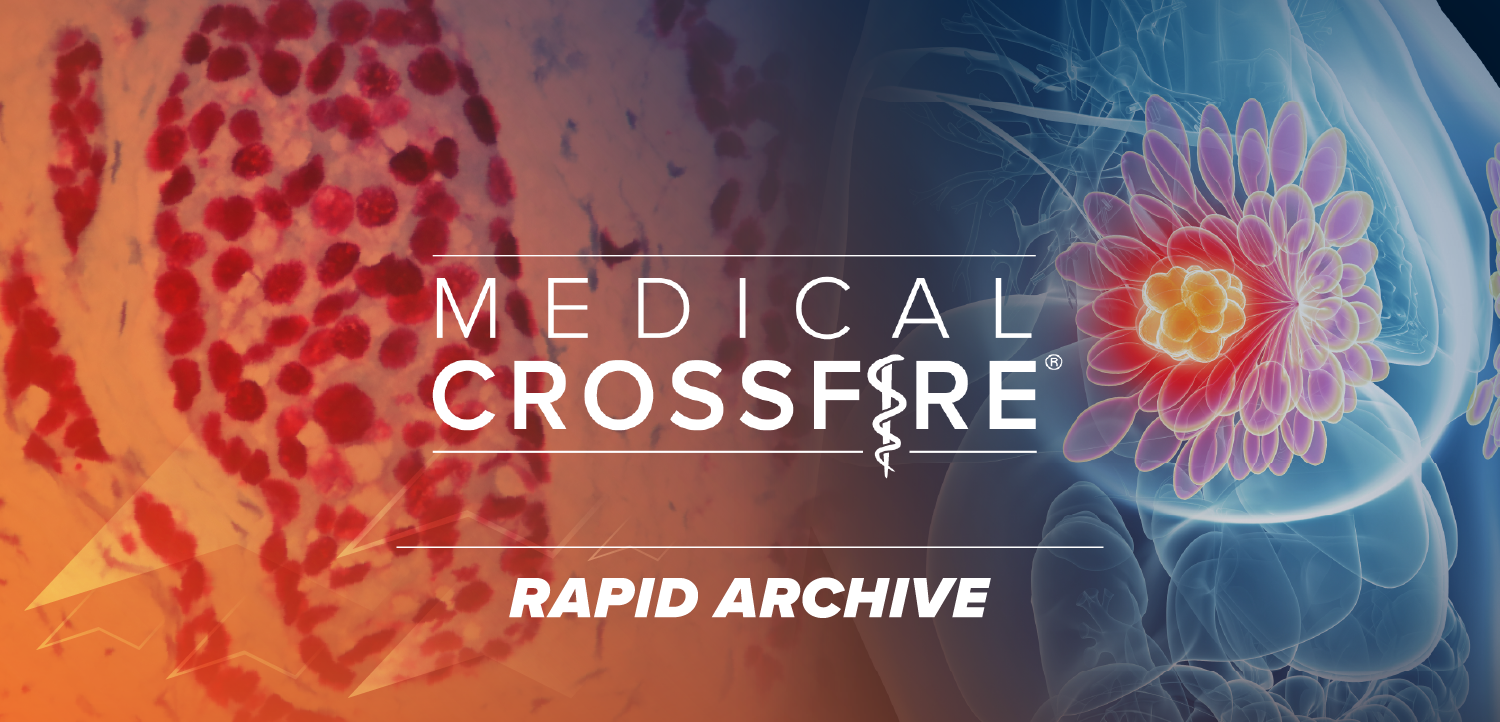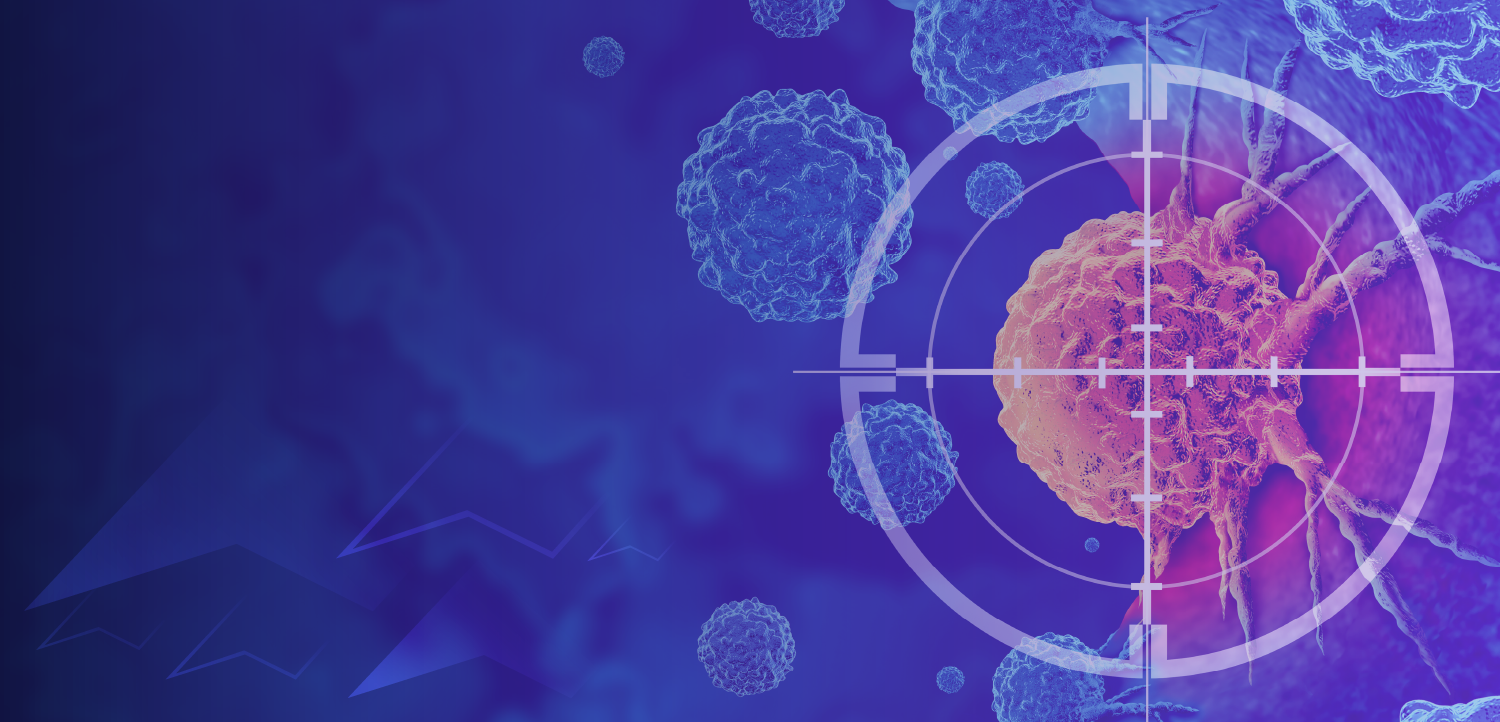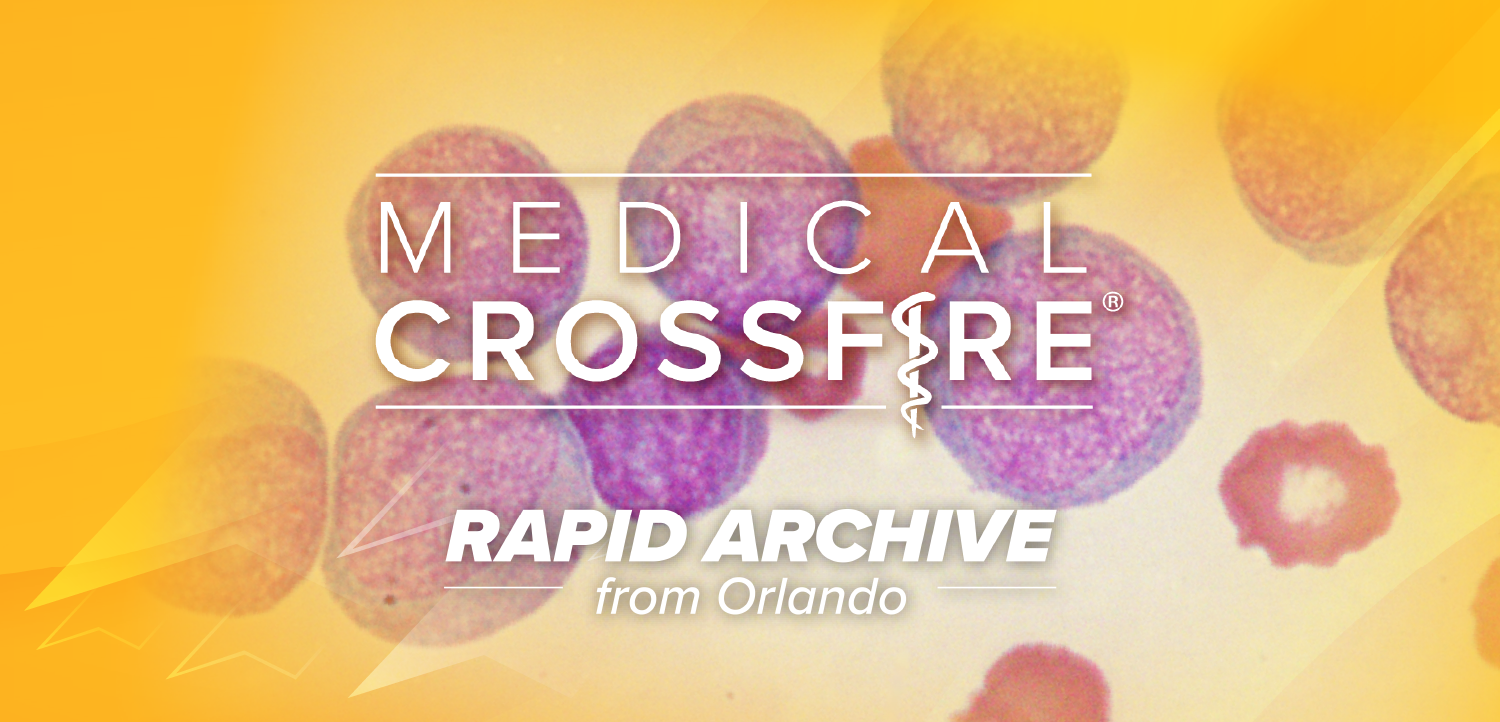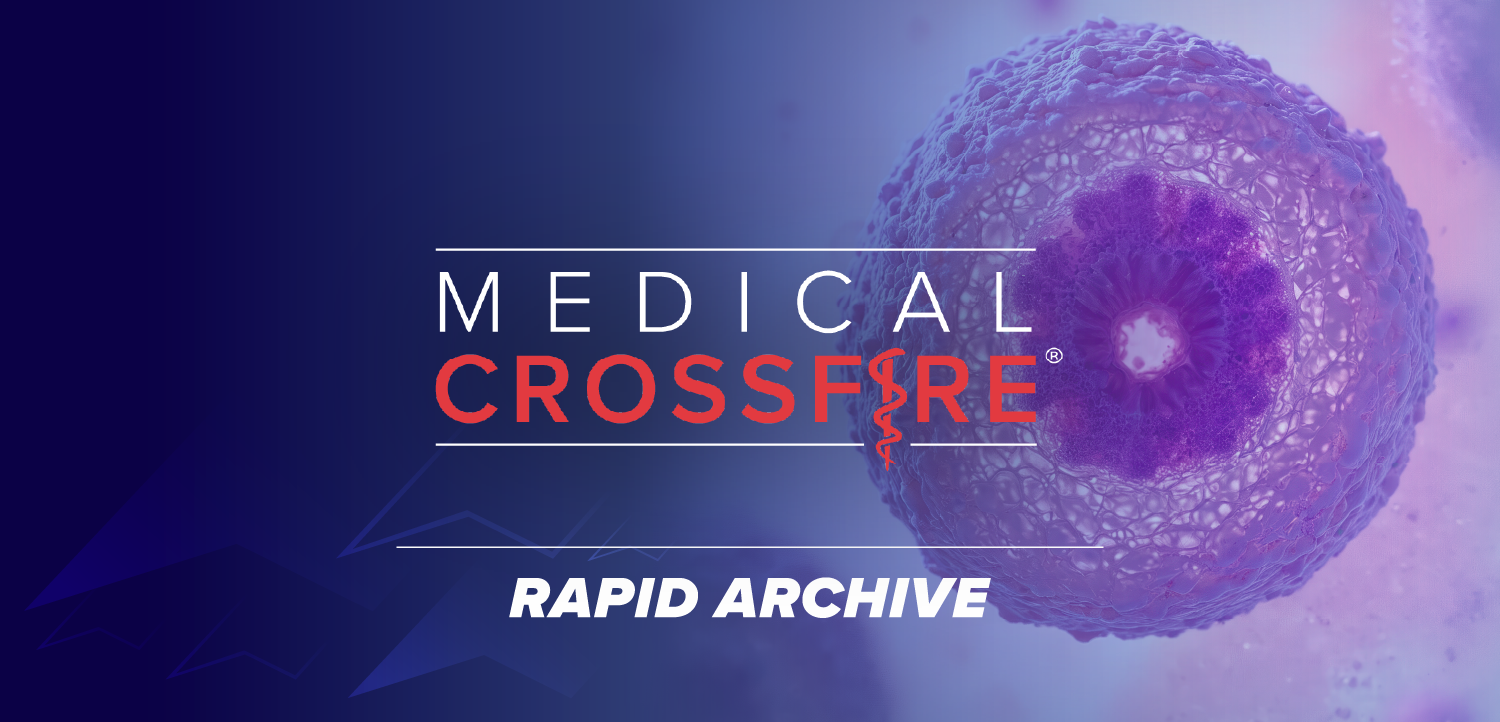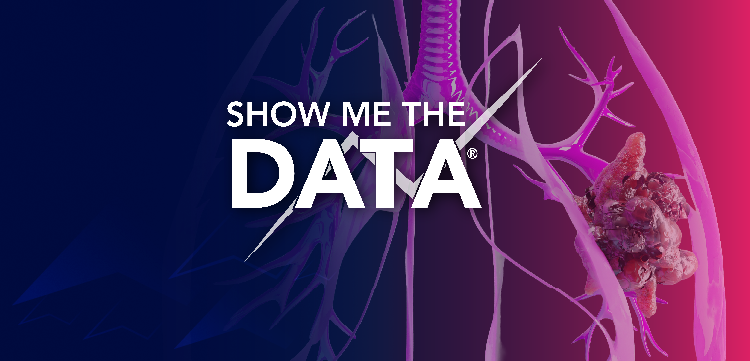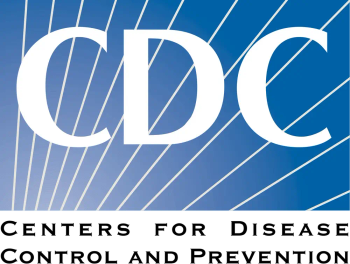
- Contagion, Summer 2025 Digital Edition
- Volume 10
- Issue 2
Biosurveillance: A Critical Tool for Emerging and Reemerging Infectious Diseases
Biosurveillance is an essential early warning system for detecting and responding to infectious disease threats, helping to prevent localized cases from becoming widespread outbreaks or pandemics. Despite its proven value during crises such as COVID-19, biosurveillance programs often suffer from inconsistent funding and support, underscoring the urgent need for sustained investment and integration into public health infrastructure.
A heads-up can make all the difference in life, but when it comes to a disease outbreak, it really does change the game. Pathogen early warning systems are a critical part of our pandemic preparedness and response mechanisms. Biosurveillance typically refers to the collection, characterization, and reporting systems, as well as policies and response, for biological threats. In short, such information helps drive decision-making not only during outbreaks, but at the first indicators of one bubbling up. Surveillance networks are designed to identify and report endemic, transboundary, and emerging diseases in humans, animals, and even in environmental samples.1
These systems help us identify pathogens as a means of management and rapid response to prevent cases from becoming outbreaks, and outbreaks from becoming pandemics. Approaches to biosurveillance have ranged across multiple strategies, from the environmental sampling of air, wastewater, soil, etc, to syndromic, and laboratory reporting through health care facilities (eg, clinical tests for diseases). These efforts encompass broad to targeted strategies, such as mandated clinical communicable disease reporting to health departments, or sentinel sites where a specific population or disease is monitored. Such systems are not novel, having been used to detect polio in wastewater, antimicrobial resistance in farm runoff, and H5N1 in migratory birds.
The United States has maintained several programs throughout the years, ranging from those within the Centers for Disease Control and Prevention (CDC) on emerging pathogens to foodborne, to environmental, to vector-borne, etc, but also through the Department of Homeland Security, Department of Defense (eg, the Global Emerging Infections Surveillance program), US Fish and Wildlife Service, Food and Drug Administration, Department of Energy (which maintains 17 National Labs), and Department of Agriculture.2 Truly, the list of efforts is diverse and encompasses the range of collection and detection methods available. Many of these efforts were scaled up in the wake of 9/11, but like most biothreat prevention/detection efforts, support easily waned as the national focus moved elsewhere.3 With the novel influenza A (H1N1) in 2009 and Ebola in 2014, we were reminded of the importance of early warning systems. Still, it took a pandemic in 2020 to drive home how critical biosurveillance is to not only global health security (and national security), but also how it is a clear indicator of a country’s readiness.
Biosurveillance in COVID-19 and Beyond
The COVID-19 pandemic underscored several key gaps in our pandemic prevention and response capabilities, resilience, and larger public health infrastructure. From widening existing social inequities to drawing attention to the divide between state and national responses, the pandemic was a painful moment of self-reflection for the US. One, in particular, was the realization that we were significantly disjointed in large-scale data collection, analysis, and dissemination.
Biosurveillance systems aren’t a single mechanism: It’s not enough to just test people—which had a significant issue—but the infrastructure to report and analyze the data to help guide response must be in place. Often, people think of these systems as the capacity to test for a disease, which is a critical part. As we saw during the pandemic, the US response was severely impacted by testing gaps.4
Beyond testing, though, there were also data, which ultimately meant that several organizations made efforts to rapidly report COVID-19 cases, via, for example, the COVID Tracking Project and the Johns Hopkins University Coronavirus Resource Center, which helped the public make informed day-to-day decisions.5,6 Tracking the evolving threat of SARSCoV-2 and new variants ushered in a renewed commitment to genomic surveillance globally.7 The US expanded, but also stood up, several programs ranging from wastewater environmental surveillance to traveler-based genomics within the CDC, partnered through local health departments and universities.
It also meant there was an increased reliance on those existing systems, such as syndromic surveillance within the BioSense Platform and mandatory clinical reporting through health departments. The biosurveillance renaissance, if you will, sheds light on how effective this public tool could be in not only identifying emerging variants of the virus and asymptomatic and presymptomatic cases, but also early indicators of disease prior to clinical cases in hospitals and urgent care clinics. As emergency testing resources shifted and more at-home testing became available, the data gaps emerged again during COVID-19. Wastewater and syndromic surveillance, though, were able to provide indicators of shifting community incidence.
Despite the spectrum of programs and mechanisms for early warning systems, the shift from COVID-19 emergency to a state of endemic transmission has raised questions about what these programs look like in a nonpublic health emergency state. Like many public health interventions, biosurveillance has suffered from the panic-neglect funding cycles. Programs such as BioWatch and BioSense were stood up post Amerithrax, but have since struggled with garnering support, implementation, and awareness for their potential. The worry for many, though, was that the biosurveillance efforts that stood up during the COVID-19 pandemic would suffer the same fate.
Often reliant on public health emergencies, biosurveillance programs are susceptible to cuts in funding despite their value, while also needing to maintain flexibility. Historically, they have been used to monitor polio and antimicrobial resistance (among other pathogens), but post-COVID-19, there has been a renewed push to support and reinforce those programs, such as the US National Wastewater Surveillance System (NWSS) and Traveler-based Genomic Sequencing. With the infrastructure in place we would all benefit from having these robust programs pivot to other diseases. A recent study noted just how valuable biosurveillance systems, namely wastewater, could be: “Our recent research estimates that a system such as the NWSS could generate net benefits of nearly $1500 per person in the first year of a new pandemic similar to COVID-19. Given current US health challenges, including the growing H5N1 threat, robust surveillance systems such as the NWSS are increasingly essential.”8
Expansion of Programs
When we discuss the spectrum of biological threats—natural, accidental, and man-made—the role of early detection doesn’t just serve as a way to identify the threats, but is also a deterrence mechanism. The capacity to rapidly detect emerging, reemerging, and even novel pathogens, regardless of source, isn’t just a public health resource, but also one that inherently improves national security. Drastically limiting their impact through early detection is an effective deterrence mechanism against nefarious actors.
In the face of significant cuts to US health and research programs, we’re increasingly faced with determining how we can expand biosurveillance programs post pandemic and get the most bang for our buck. Much of this centers around building out pathogen- agnostic approaches and not being solely reliant on those list-based efforts.9 Programs such as the NWSS and partnerships between CDC and Labcorp to detect novel pathogens through medical waste streams point to an increasing desire and need for programs that can flex between pathogen-specific and pathogen-agnostic.10 In short, we need robust but agile biosurveillance programs, but almost more importantly, sustained funding and support.
A key piece to this, though, is the capability for response. A biosurveillance system is only as good as the response it triggers. We need the collection, data management (and transparency), and reporting infrastructure for an effective early warning system. However, that system is of limited utility if the public health, health care, and bioresilience systems are unable to respond accordingly. A fire alarm is only as good as the people who replace the batteries when needed and hear and respond to its alarm, and the fire departments (eg, emergency professionals) who are able to put out any fires. As we evaluate the capacity for emerging technologies, such as artificial intelligence, to further enhance biosurveillance systems, it must be in unison with those reinforcements of the public health and health care infrastructure.
Biosurveillance systems are a cornerstone of public health and global health security. After prevention, they are the next step in the chain of a robust health security infrastructure. Time and time again, we have shown the hurdles in rapidly scaling up these programs after we’ve let them waste away. However, for domestic and international health resilience, these systems must be maintained.
As a gentle reminder for those wondering just how useful pathogen early warning programs are for them: At the micro level, we use them in hospitals through the syndromic surveillance networks and reports from local health departments on wastewater and clinical cases. At the macro level, we rely on an intricate network of labs, systems, and reporting infrastructure, domestically and abroad, to share timely information that can prompt a rapid response. No matter which way you slice it, biosurveillance is a nonnegotiable part of health security. So, why are we still negotiating support for the basics?
References
1. Institute of Medicine. 2012. Information Sharing and Collaboration: Applications to Integrated Biosurveillance: Workshop Summary. Washington, DC: The National Academies Press. https://doi.org/10.17226/13295.
2. D'Souza A, Schmitt J. Mapping America’s biosurveillance. Institute for Progress. April 3, 2024. Accessed May 12, 2025. https://ifp.org/mapping-americas-biosurveillance/
3. Nuzzo JB. Improving biosurveillance systems to enable situational awareness during public health emergencies. Health Secur. 2017;15(1):17-19. doi:10.1089/hs.2016.0097
4. Nuzzo JB, Potter C. The United States COVID-19 testing debacle. Think Global Health.September 7, 2022. Accessed May 13, 2025 https://www.thinkglobalhealth.org/article/united-states-covid-19-testing-debacle
5. COVID Tracking Project. Accessed May 13, 2025. https://covidtracking.com
6. JHU COVID Dashboard. https://coronavirus.jhu.edu/map.html
7. Tosta S, Moreno K, Schuab G, et al. Global SARS-CoV-2 genomic surveillance: what we have learned (so far). Infect Genet Evol. 2023;108:105405. doi:10.1016/j.meegid.2023.105405
8. Nascimento de Lima P, Williams A, Willis HH, Faherty LJ. The case for sustaining wastewater surveillance capabilities in the US. Health Affairs. April 21, 2025. https://www.healthaffairs.org/content/forefront/case-sustaining-wastewater-surveillance-capabilities-us
9. Lim YB, Popescu S. Exploring list-based approaches and potential threat agnostic applications in US biodefense and public health-toward a hybrid approach. Health Secur. 2024;22(2):146-155. doi:10.1089/hs.2023.0098
10. 2023 project: Laboratory Corporation of America (Labcorp).Centers for Disease Control and Prevention. https://www.cdc.gov/advanced-molecular-detection/php/data-research/baa/2023-labcorp.html
Articles in this issue
5 months ago
Measles 2025: Looking Back and Moving Forward6 months ago
Contagion Summer 2025 Digital EditionNewsletter
Stay ahead of emerging infectious disease threats with expert insights and breaking research. Subscribe now to get updates delivered straight to your inbox.




